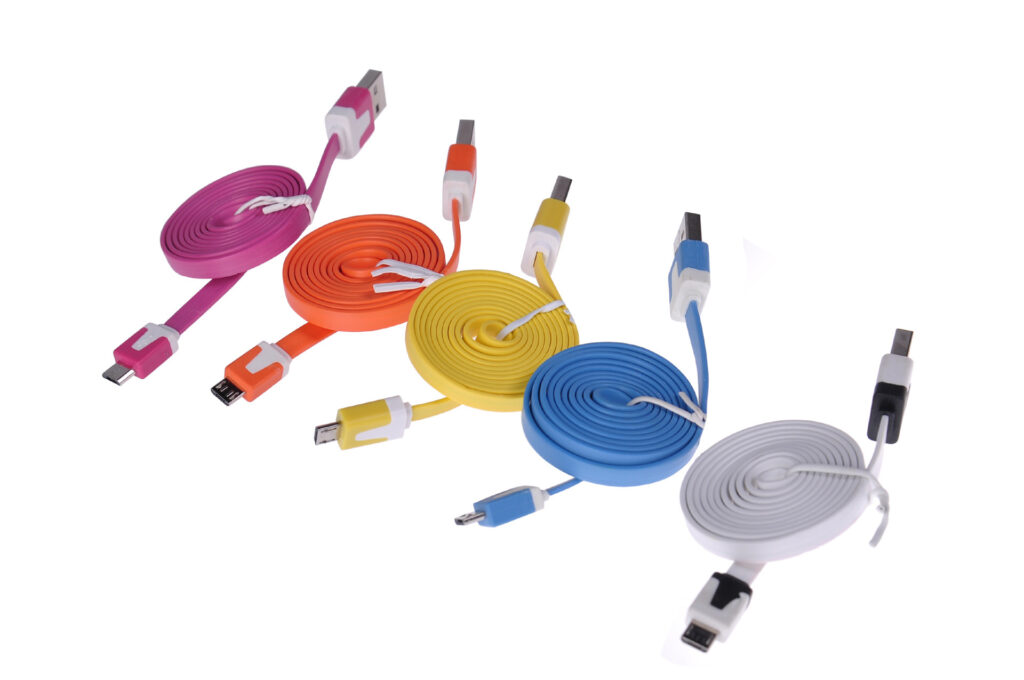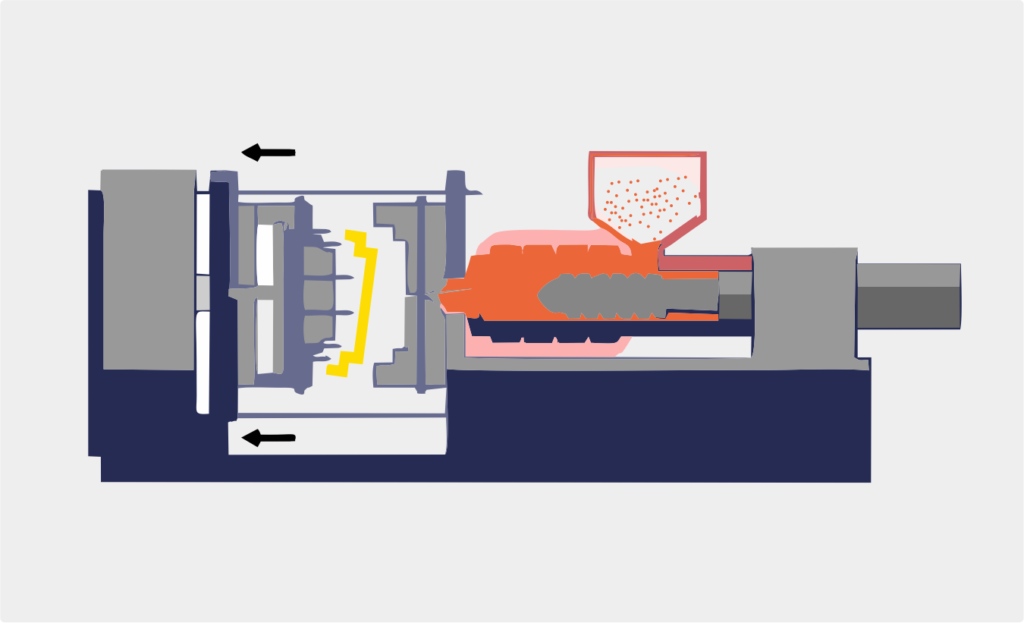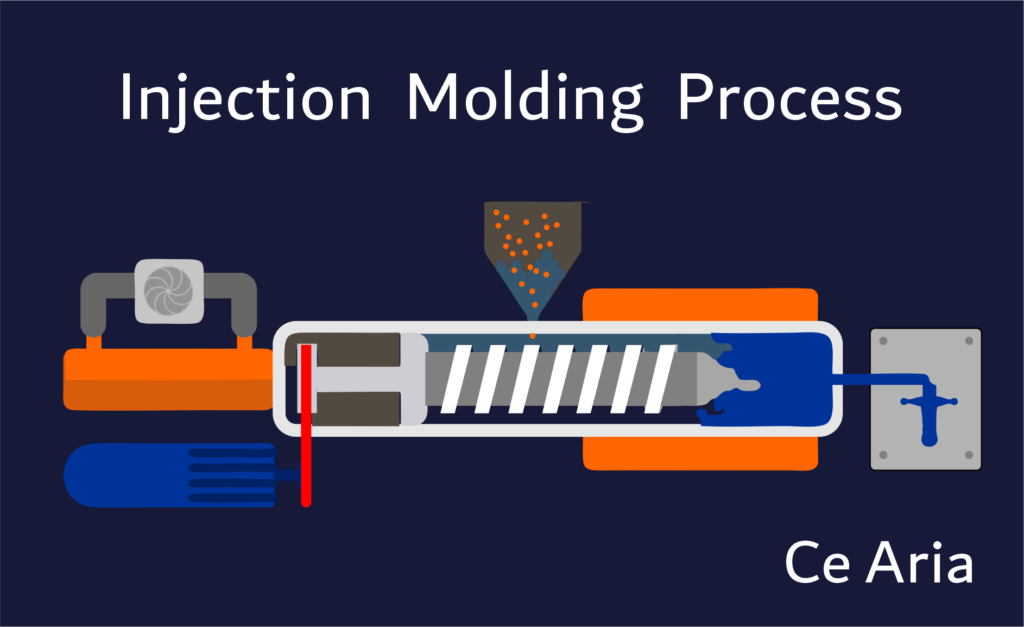Thermoplastic elastomer TPE, TPR is a class of rubber and plastic materials with the fastest growth in recent years, which covers many varieties of branches and can adjust the material properties through the mixing system, so it is more and more widely used in all walks of life. Thermoplastic elastomers are mainly TPES, TPEV, and TPU, while SEBS-based elastomer TPES is the most commonly used elastomer TPE branch, that is TPE and TPR(based on SEBS and SBS basic modification). In this paper, SEBS-based TPE, TPR as an example, are the main characteristics of elastomer TPE.
The characteristics of elastomer TPE are multi-faceted. For friends who are new to TPE, they may not know how to get familiar with some characteristics of TPE as soon as possible. In this paper, the author, based on years of experience in the industry, the characteristics of TPE with seven words – “elastic, plastic, flexible, sticky, scraping, safety, stability” to summarize (TPE characteristics of seven words), respectively described as follows:
1. The word 'play'
Play – this is the core of the TPE | TPR features. Elasticity is the difference between TPE thermoplastic elastomer and other polymer materials. Elasticity refers to the fact that TPE material will deform under the action of external force, but the material can return to its original shape after the external force is removed. TPE | elastic properties of TPR, its elastic recovery, less than vulcanized rubber. Because vulcanized rubber is vulcanized, the material is crosslinked structure, while TPE is a block structure of hard and soft sections, the crosslinking structure of vulcanized rubber has better resistance to permanent deformation, or the resistance of TPE to permanent deformation needs to be improved, there is obvious stress relaxation. And different TPE blending systems, its elastic recovery is different.
Elasticity and extension of TPE | TPR for seal, the buffer shock absorption features, mainly used in some keys, buttons, sealing strips, sealing rings, and cushioning products.
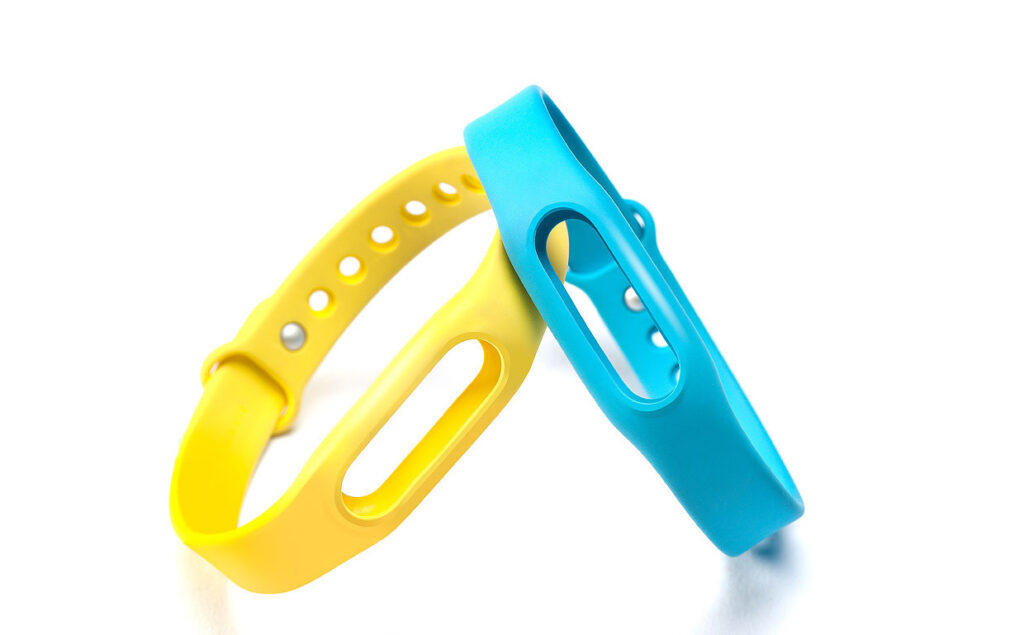
2. The word 'plastic'
Model – this is important processing of TPE | TPR features. Plastic refers to TPE material that can be repeated in high-temperature plasticizing processing. Materials can be recycled and reused. This is where TPE has an advantage over the rubber. As we all know, rubber waste products can not or difficult to recycle, while TPE waste can be 100% recycled. TPE, TPR plastic characteristics, make TPE can be quickly injection molding, extrusion processing, compared with rubber, greatly shorten the production and processing cycle. Therefore, TPE and TPR are also known as thermoplastic rubber.
3. The word 'soft'
Soft — the TPE | TPR tactility characteristic. In today’s society, people pursue more and more comfortable and softness of skin contact, TPE | soft TPR material, and its hardness can be adjusted by mixing systems for a wide range of adjustments (TPE hardness can adjust) widely in 0 ~ 100 a.
At present, many TPE application products, such as wire, sex toys, soles, and all kinds of tools (handles), make full use of the flexible characteristics of TPE to bring users a comfortable soft-touch experience.
4. The word 'sticky'
Stickiness is the processing characteristic of TPE. Here, not sticky TPE material surface itself, but rather refers to the TPE | TPR material by injection molding extrusion process, and other materials (usually plastic) through the adhesive coating, composite for the parts of a whole. TPE adhesive characteristics, the industry is more commonly known as the coating (coating \ secondary injection molding).
The bonding effect of TPE is mainly based on the fact that TPE and the coated plastic to have adhered have similar polarity (close solubility parameters). Under the condition of high temperature plasticizing and melting, the bonding of TPE and coated plastic is completed through melting ablation and infiltration of molecular level, and the bonding can be firm and lasting after cooling at room temperature. The stickiness of TPE, often combined with its flexibility, creates a new soft-touch world for people.
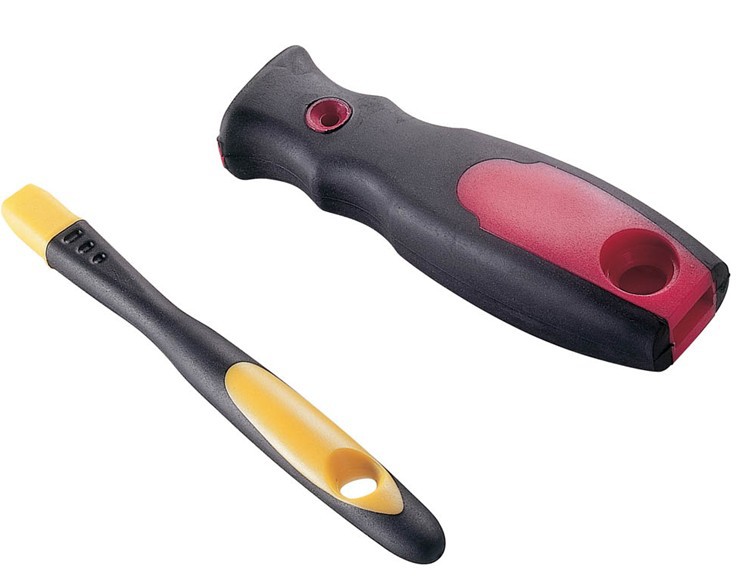
5. The word 'scrape'
Scraping – This is used to measure the surface properties of TPE materials. There is no industry standard for scratch resistance. It is the user to do individual character requirements according to the respective different products commonly. TPE materials with excellent scratch resistance should be able to make the surface no traces after scraping with nails, or scratches can be quickly eliminated.
TPE with good scratch resistance can scratch the material surface with a fingernail but will not scratch white scratch or even scratch powder. General mineral-filled powder has more TPE, the price is lower, but the scratch resistance is poor, but there are special TPE series. Additional shoe material industry has the concept that mentions wear-resisting. Similar to scratch resistance, but with different industry and performance requirements.
6. The word 'Ann'
Ann – this refers to the environmental protection TPE | TPR material security, and have it harm to the human body. TPE | TPR material does not contain toxic plasticizer (pages), excluding PAHs PAHs, excluding nonylphenol (NP, does not contain BPA, low VOC emissions, complies with ROHS, REACH (SVHC), EN71, and food-grade FDA testing standard. TPE is an environmentally safe and non-toxic material.
7. The formula of 'definite'
Customization – This refers to the customizability of TPE,TPR materials. The application field of TPE and TPR of thermoplastic elastomers is gradually expanding and deepening, and users’ requirements for materials will be more and more special and personalized. In addition to conventional injection molding and plastic wrapping TPE, in recent years, users are looking for TPE materials with special requirements such as foaming, electric conductivity, chemical resistance, aging resistance, (and halogen-free) flame retardant, blow molding, laser welding, radium engraving and so on.
This puts forward higher requirements for material research and innovation ability of TPE manufacturers. Only by conforming to the market development trend, continuously developing materials that can meet the ever-changing performance requirements of customers, and providing customized TPE material solutions according to customer requirements can we take advantage of the competition and achieve sustainable development of enterprises.

